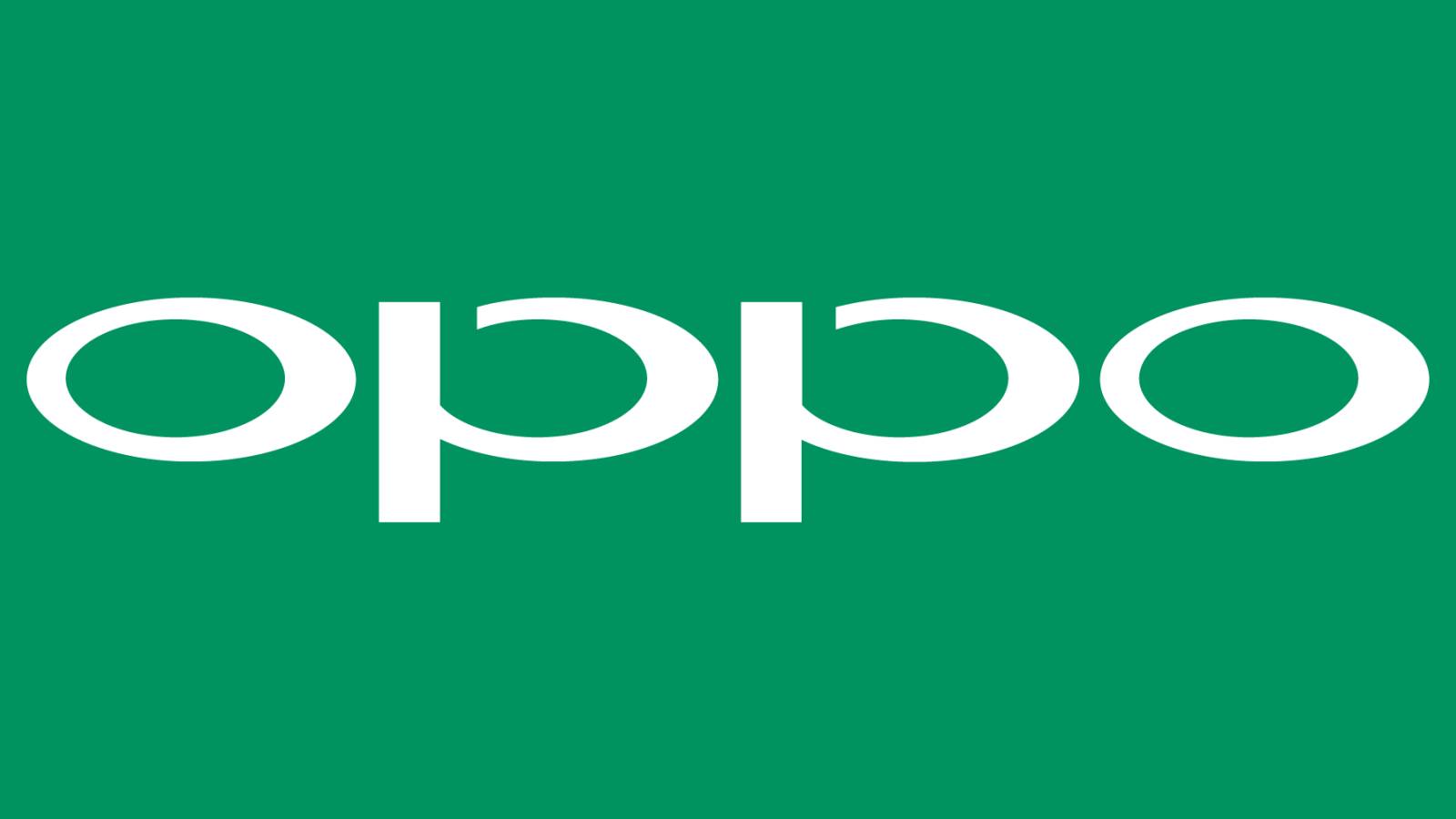OPPO ne spune ca 6G este viitorul retelelor de telecomunicatii, asa cum 5G a fost viitorul retelelor de telecomunicatii, pana a devenit prezentul, iar cum 5G-ul e deja vechi, companiile au inceput sa vorbeasca despre 6G cu mult inainte de punerea sa in utilizare.
“Institutul de Cercetare OPPO a lansat oficial prima sa carte albă despre tehnologia 6G, intitulată „6G AI-Cube Intelligent Networking”. Fiind printre primele inițiative din industria telecomunicațiilor care oferă o viziune detaliată asupra arhitecturii dar și a modurilor de aplicare a noilor rețele, tratatul își propune să devină un reper în dezvoltarea viitoarelor rețele de comunicații.
În prezent, OPPO a dezvoltat o echipă de pre-cercetare pentru a efectua cercetări preliminare cu privire la cerințele tehnice 6G, tehnologiile de bază și caracteristicile sistemului.
OPPO consideră că rețelele 6G vor schimba fundamental modul de interacțiune al oamenilor cu inteligența artificială cu atât mai mult cu cât acestea vor deveni accesibile pentru oricine. Dispozitivele inteligente compatibile cu 6G vor deveni componente importante ale inteligenței artificale, fiind echipate cu algoritmi și aplicații care permit noi experiențe captivante, care vor reprezenta temeiul dezvoltării modelelor și mai avansate de inteligență artificială.
Spre exemplu, prin implementarea rețelelor 6G, vehiculele autonome vor putea corobora informațiile referitoare la localizarea vehiculului și informații precum starea vremii în zona respectivă, dată, oră etc. Vehiculele vor putea descărca algoritmii utilizați de nenumărate alte autoturisme oferind astfel o călătorie sigură și confortabilă a pasagerilor.
„Dezvoltarea tehnologiei trebuie întotdeauna orientată spre viitor. Comunicațiile mobile evoluează în medie la o perioadă de zece ani și se așteaptă ca standardizarea următoarei generații de tehnologii de comunicații să înceapă în 2025, urmând ca implementarea comercială să aibă loc în jurul anului 2035″, a declarat Henry Tang, Chief 5G Scientist OPPO. „OPPO preconizează că în 2035 numărul agenților inteligenți din lume va depăși cu mult numărul oamenilor. Prin urmare, următoarea generație de tehnologii din comunicații, 6G, va trebui să satisfacă nu doar nevoile oamenilor, ci ale tuturor formelor de inteligență. Bazându-ne pe acest scop final, am început o cercetare tehnică și proiectare timpurie a sistemelor 6G.”
Rețelele actuale pot fi împărțite în două dimensiuni: planul de control (PC) și planul utilizatorului (PU). Planul utilizatorului este în principal responsabil de performanța rețelei pe care utilizatorii o pot percepe în mod direct, cum ar fi viteza și latența. Planul de control, pe de altă parte, este strâns legat de configurația rețelei, asigurând operațiuni de rețea sub diferite modele de mișcare și intervale de locație ale nodurilor de rețea. Făcând o paralelă între cele două planuri și traficul rutier, planul utilizatorului este reprezentat de participanții la trafic care se deplasează rapid prin traficul urban, iar traficul rutier este reprezentat de planul de control.
Această lucrare despre 6G reprezintă un pas important pentru introducerea Planului de Funcții AI având în vedere că rulează atât formatul tradițional CP cât și cele UP creând o arhitectură unică de Intelligent Cube/Cub Inteligent. Această structură permite îmbunătățirea rețelelor 6G pe două planuri: funcționalitate și capacitatea continuă de a se optimiza și de a-și distribui resursele într-un mod inteligent.
6G va revoluționa fundamental modul în care inteligența artificială se dezvoltă, învață, interacționează și se aplică, rezolvând multe probleme funcționale cu care se confrunta dezvoltarea inteligenței artificiale până acum precum silozurile de date și confidențialitatea utilizatorului. Pentru a atenua unele dintre limitările actuale ale algoritmilor, conceptul 6G propune împărțirea resurselor AI în diferite domenii. Ordonate în funcție de sarcini specifice AI, domeniile AI vor fi formate din noduri multiple și resurse din cadrul rețelei 6G, și vor oferi strategii optime pentru programarea resurselor rețelei și partajarea datelor.
În prezent, algoritmii de inteligență artificială mai complecși sunt dificil de integrat în dispozitivele inteligente având în vedere puterea de calcul limitată și capacitatea de stocare ale acestora. În același timp, Inteligența Artificială specializată nu poate satisface nevoile de zi cu zi ale utilizatorilor. Cu toate acestea, prin intermediul rețelelor 6G, inteligența artificială va prelua mai multe roluri, cum ar fi cel al unităților de bază tradiționale, baze de date și server de aplicații.
În cazul noilor rețele propuse, dispozitivele 6G vor fi alocate unui domeniu AIîn funcție de locațiași cerințele dispozitivului.Domeniul AI va emite apoi cel mai potrivit algoritm pentru a furniza serviciile dorite, oferind în același timp cea mai optimă conexiune de comunicare. Spre deosebire de rețelele 4G și 5G, inteligența artificală utilizată pentru deducerea și luarea acțiunilor în rețelele 6G va fi integrată organic în dispozitiv dar și în rețea, gadget-urile devenind și mai importante în viața de zi cu zi a utilizatorilor.
OPPO va continua cercetările referitoare la tehnologia 6G, care cât de curând vorcontribui la formarea standardelor mondiale 6G. În calitate de contribuitor cheie al popularizării 5G, OPPO va continua colaborarea strânsă cu partenerii săi pentru a promova comercializarea pe scară largă a rețelelor 5G, pentru o dezvoltare și evoluție a Internetului și atehnologiilor comunicațiilor care va permite câtor mai mulți utilizatori să se bucure de beneficiile celor mai noi tehnologii.”






















